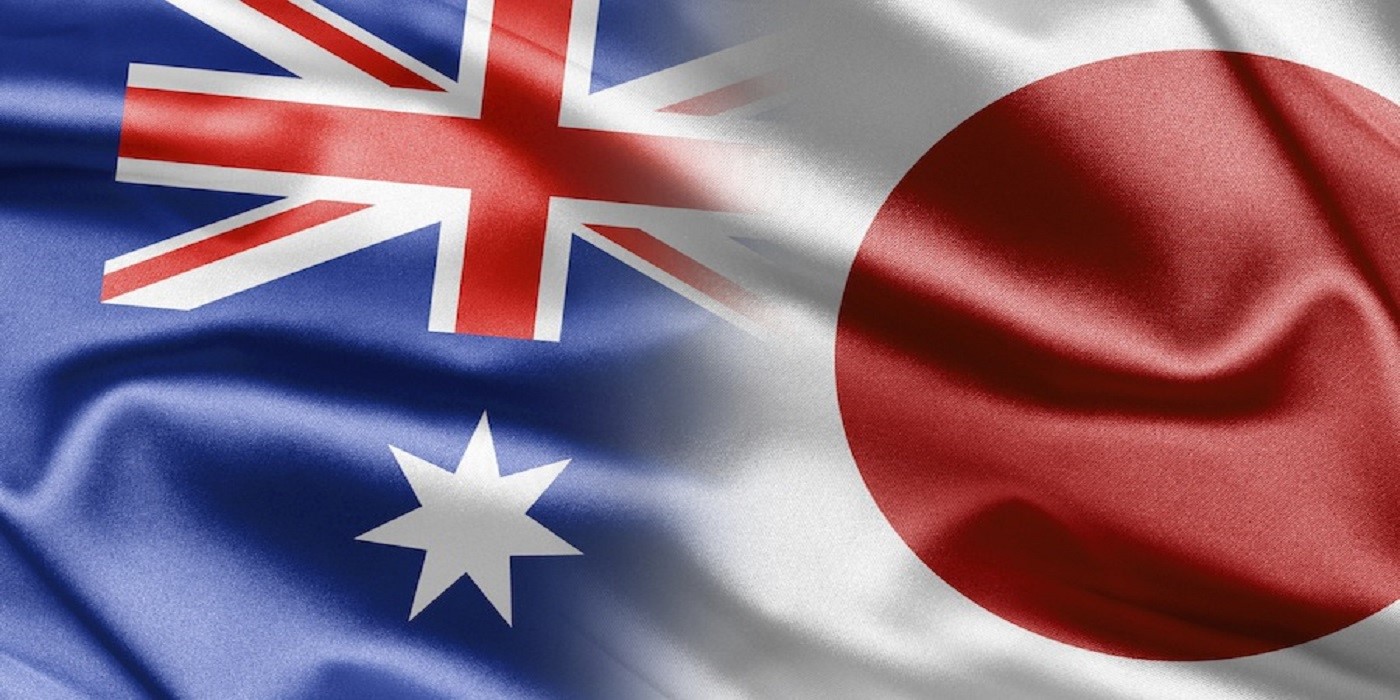

The economic calendar of the first trading day of the new week looks pretty dense in the Asian session. Production figures of Australia and Japan provide the direction of the market at the moment. The smallest impact was made by Japanese investment data in the 1st quarter and the gross operating profit of Australian companies.
In Australia, the AIG Manufacturing PMI fell from 54.8 to 52.7 in May. The production index decreased by 6.9 points to 51.2, while the index of new orders fell by 3.3 points to 52.3.
Exports and sales also fell: the export sub-index fell by 3.6 points to 50.3.
The average wage index and sales price index fell slightly, keeping above the mark of 50.0.
One of the positive effects for the Australian dollar news was the data on sectors of the national economy. In May, 3 out of 6 sectors expanded, while the food and beverage sector experienced the fastest growth ever.
The gross operating income of Australian companies grew by 1.7% in the 1st quarter, not reaching the projected 3% growth. The overall profitability of the business increased by 0.8%. Compared to the same period last year, gross operating profit increased by 7.8%, which will also give a good impetus to AUD.
At the time of this writing, the AUDUSD pair is trading upwards, at 0, 6940.
In Japan, capital expenditures in Q1 rose by 6.1% year on year. While growth in the 4th quarter was 5.7%, expenses did not justify the projected growth of 11.6%.
The index of business activity in the manufacturing sector of the country (PMI) rose in May from 49.6 to 49.8. Although, according to a study by the Markit agency, despite the growth of PMI in Japan, it is worth paying attention to the following, not so bright, moments:
- the volume of production falls for the 5th consecutive month, caused by a fall in domestic and foreign demand;
- new export orders are falling for the 6th month in a row;
- The overall level of the number of new jobs also dropped to the lowest since November 2016.
The mood of Japanese firms also became pessimistic, and business prospects are viewed with a negative assessment for the first time in six and a half years.
USD vs. Japanese yen pair, at the moment, is trading with an increase at the mark of 108, 31, while maintaining the overall negative trend.
As for the euro, the focus of the market will be on planned releases of PMI indicators of Italy and Germany, which are likely to be negative for the single currency. The decline in US Treasury yields added a little to the rise in the euro at the beginning of today’s trading activity.
Forex trading recommendations:
EURJPY: Sell. Entry point – 121, 06. Take Profit – 120, 78. Stop Loss – 121, 54.
NZDUSD: Sell. Entry point – 0, 6554. Take Profit – 0, 6543. Stop Loss – 0, 6573.
USDCAD: Sell. Entry point – 1, 3500. Take Profit – 1, 3488. Stop Loss – 1, 3521.
To receive new articles instantly Subscribe to updates.